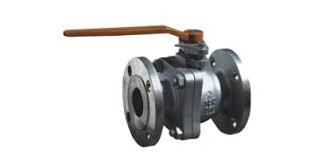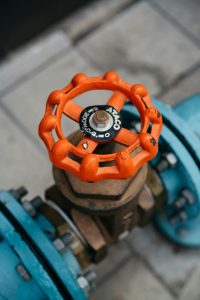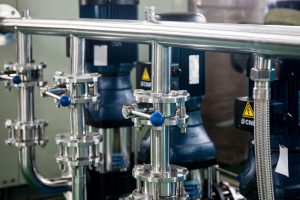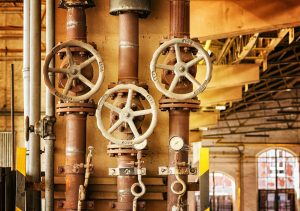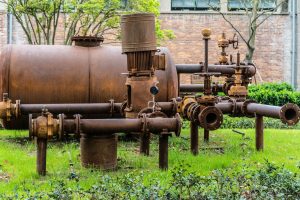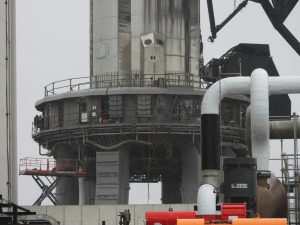Table of Contents
ToggleEnd entry ball valves are designed for closed-loop, bidirectional shut-off applications. The ball, which is attached to the valve stem, is held in place by two elastomeric seats.
When upstream pressure is generated, the ball is pressed against the downstream seat, creating a tight seal. In some applications, this valve allows for bi-directional shut-off, as the ball can float upstream or downstream.
End-entry ball valves are designed to be smaller and have flanged or screwed connections. End-entry ball valves are also smaller and are best used for applications with low pressure.
End entry ball valves should be used where they are manual and in remote locations and should only be replaced when the need arises. If you want to know more about the end entry ball valve, continue reading this article.
What is an End Entry Ball Valve, and How Does It Work?
An end entry ball valve is a type of control valve. These valves have one main body and one end with a ball inserted. The ball is inserted through one end. These valves have screwed or flange connections. It is mostly used for inexpensive small valves. These valves are also available in large sizes.
It works by trapping fluid in its central cavity. Because water expands as it passes through the valve, it’s important to protect the ball from freezing. When freezing temperatures occur, insulation and heat tape will protect the valve.
One type of end entry ball valve has a hardened seat and a soft metal body. These valves close by applying mechanical force to either a metal or an elastomer seat. They feature a resilient ring that will partially seal against debris in the pipeline.
The Benefits of Using End Entry Ball Valve
End entry ball valves are a common type of pressure-controlled flow valve. They work well in many different applications, from oil and gas extraction to water purification and slurries. Their patented design allows the smallest opening possible in the valve body.
Flows that are too large for other types of valves are regulated by increasing the flow area through the ball. The advantages of using end entry ball valves over other types are many.
The benefits of using end entry ball valves can include higher pressure and greater valve diameter. These valves also have a long life span and stable sealing performance. These advantages make them ideal for severe-service applications. So, whether you’re in need of a ball valve or need a high-pressure valve for your chemical plant, these valves can meet your needs.
It can be used in various industries. These valves can be used in pharmaceutical industries, food and bioprocessing industries, and in many other industries where cleanliness is an absolute necessity. Their versatility also makes them ideal for use in solid-liquid mixtures. A few of the more common examples include chemical, petroleum, and lubricant applications.
However, the major disadvantage of using end entry ball valves is the difficulty of servicing. When you have to service or repair the valve, you cannot access the ball. In top entry ball valves, the bonnet is easily removed. This makes them ideal for use in underground pipelines or in nuclear power plants.
